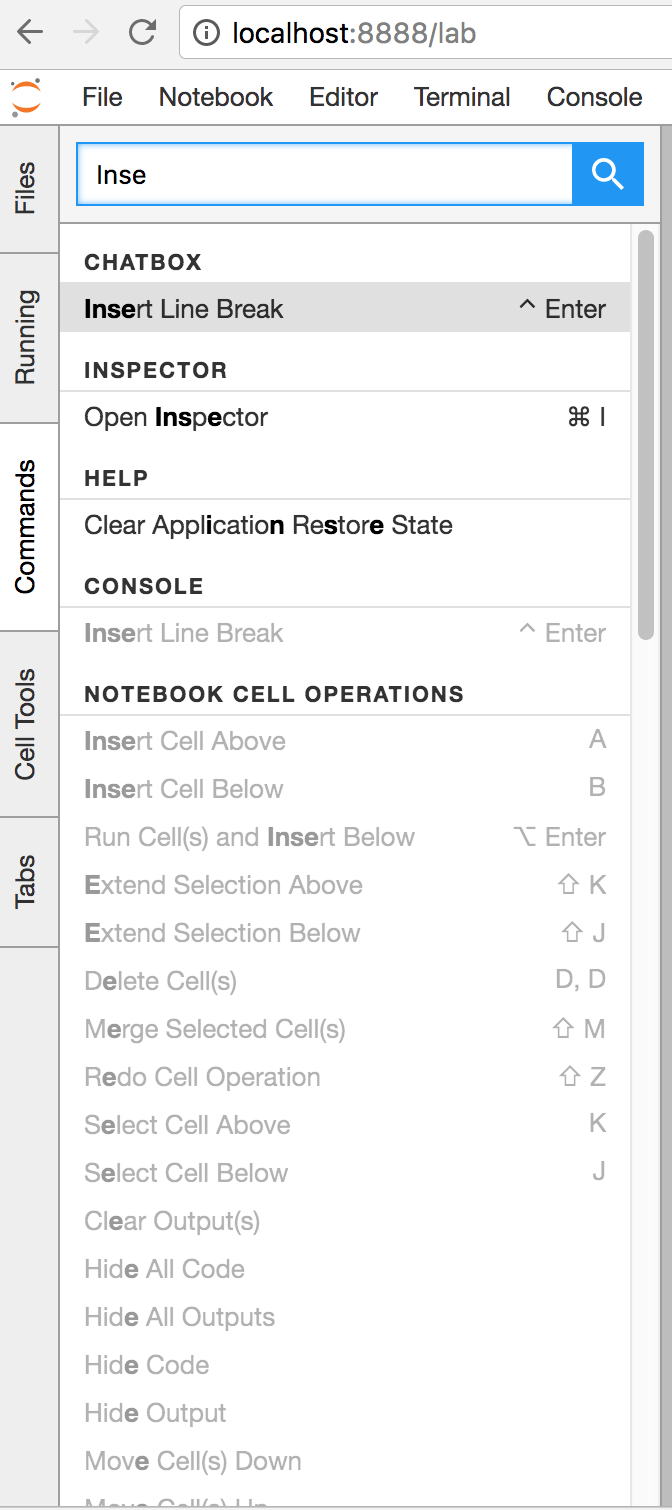
We recently published a research paper on the underpinnings of the Girder integration and single-page web application, and presented an early version of the JupyterLab prototype at the American Chemical Society national meeting in Washington, DC earlier this year.


#Jupyterlab youtube code#
The functionality from Cumulus has been enhanced by new code that integrates with input generation for NWChem, along with indexing of calculation parameters, molecular identifiers, and search of the calculations to support the Open Chemistry notebook interface. This takes advantage of a Girder plugin, Cumulus, that adds integration of HPC/cloud resources for batch execution and monitoring of command-line codes. The screencast above captures some of the core functionality we have been working on, which includes triggering quantum mechanical calculations, after searching the calculation cache for existing results. It also features inline visualization of the electronic structure, vibrational modes, and summarization of multiple calculations in higher level analytics.

It currently features the ability to search for chemical structures by name (using NCI/CADD’s chemical identifier resolver service), perform geometry optimizations, energy calculations, and vibrational analyses using the NWChem quantum code running on HPC resources. We have been working on a DoE Phase I SBIR this year as part of the Open Chemistry project, looking at the best way to combine our Girder data server project with a single-page web application and JupyterLab to offer an integrated solution for knowledge discovery in chemistry.


 0 kommentar(er)
0 kommentar(er)
